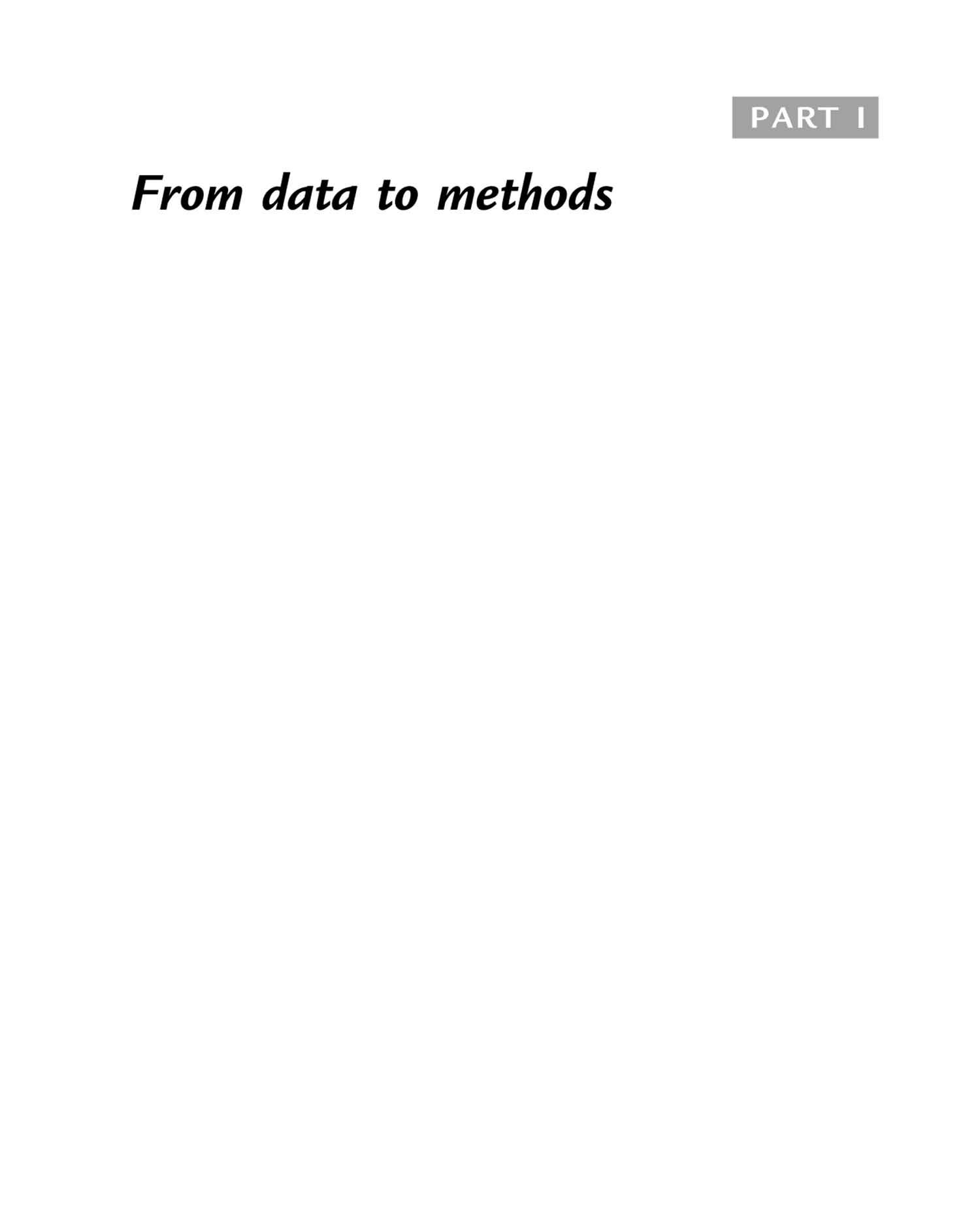https://ebookmass.com/product/advantages-and-
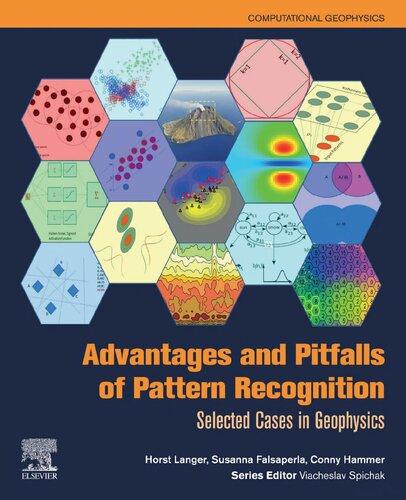
More products digital (pdf, epub, mobi) instant download maybe you interests ...
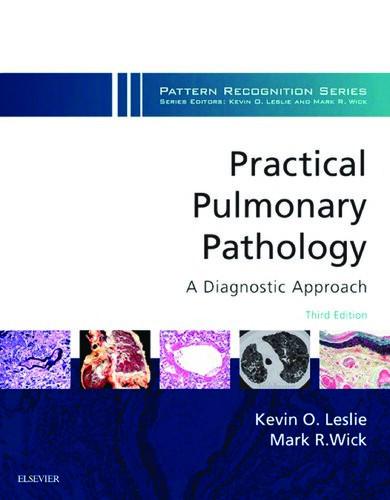
Practical Pulmonary Pathology: A Diagnostic Approach: A Volume in the Pattern Recognition Series 3rd Edition
Kevin O. Leslie Md
https://ebookmass.com/product/practical-pulmonary-pathology-adiagnostic-approach-a-volume-in-the-pattern-recognitionseries-3rd-edition-kevin-o-leslie-md/
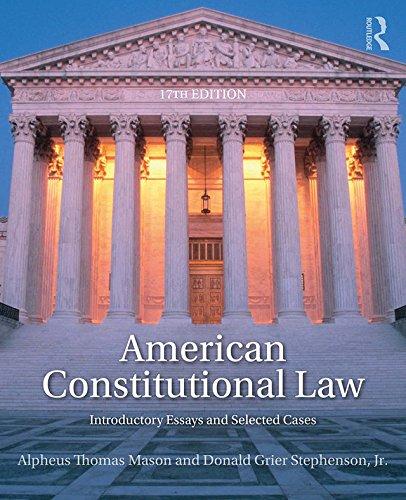
American Constitutional Law: Introductory Essays and Selected Cases 17th Edition, (Ebook PDF)
https://ebookmass.com/product/american-constitutional-lawintroductory-essays-and-selected-cases-17th-edition-ebook-pdf/
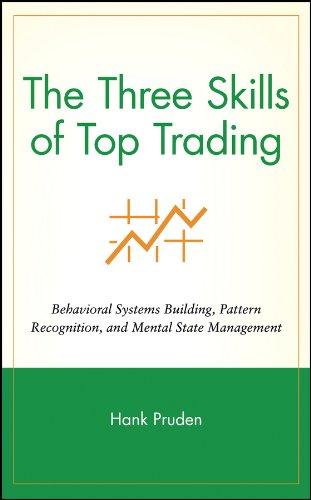
The Three Skills of Top Trading: Behavioral Systems Building, Pattern Recognition, and Mental State Management (Wiley Trading Book 291)
https://ebookmass.com/product/the-three-skills-of-top-tradingbehavioral-systems-building-pattern-recognition-and-mental-statemanagement-wiley-trading-book-291/
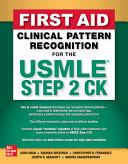
First Aid Clinical Pattern Recognition for the USMLE Step 2 CK (Sep 7, 2023)_(1264285965)_(McGraw Hill) Asra R. Khan
https://ebookmass.com/product/first-aid-clinical-patternrecognition-for-the-usmle-step-2-ck-sep-7-2023_1264285965_mcgrawhill-asra-r-khan/
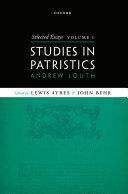
Selected Essays, Volume I: Studies in Patristics Andrew Louth
https://ebookmass.com/product/selected-essays-volume-i-studiesin-patristics-andrew-louth/
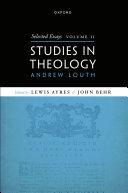
Selected Essays, Volume II: Studies in Theology Andrew Louth
https://ebookmass.com/product/selected-essays-volume-ii-studiesin-theology-andrew-louth/
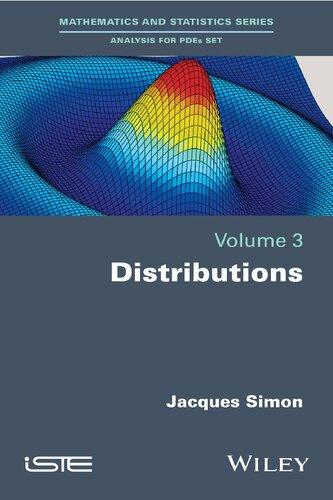
Distributions, Volume 3 1st Edition Jacques Simon
https://ebookmass.com/product/distributions-volume-3-1st-editionjacques-simon/

Roosevelt's Boys John C. Horst
https://ebookmass.com/product/roosevelts-boys-john-c-horst/

Knowing Emotions: Truthfulness and Recognition in Affective Experience 1st Edition Rick Anthony Furtak
https://ebookmass.com/product/knowing-emotions-truthfulness-andrecognition-in-affective-experience-1st-edition-rick-anthonyfurtak/
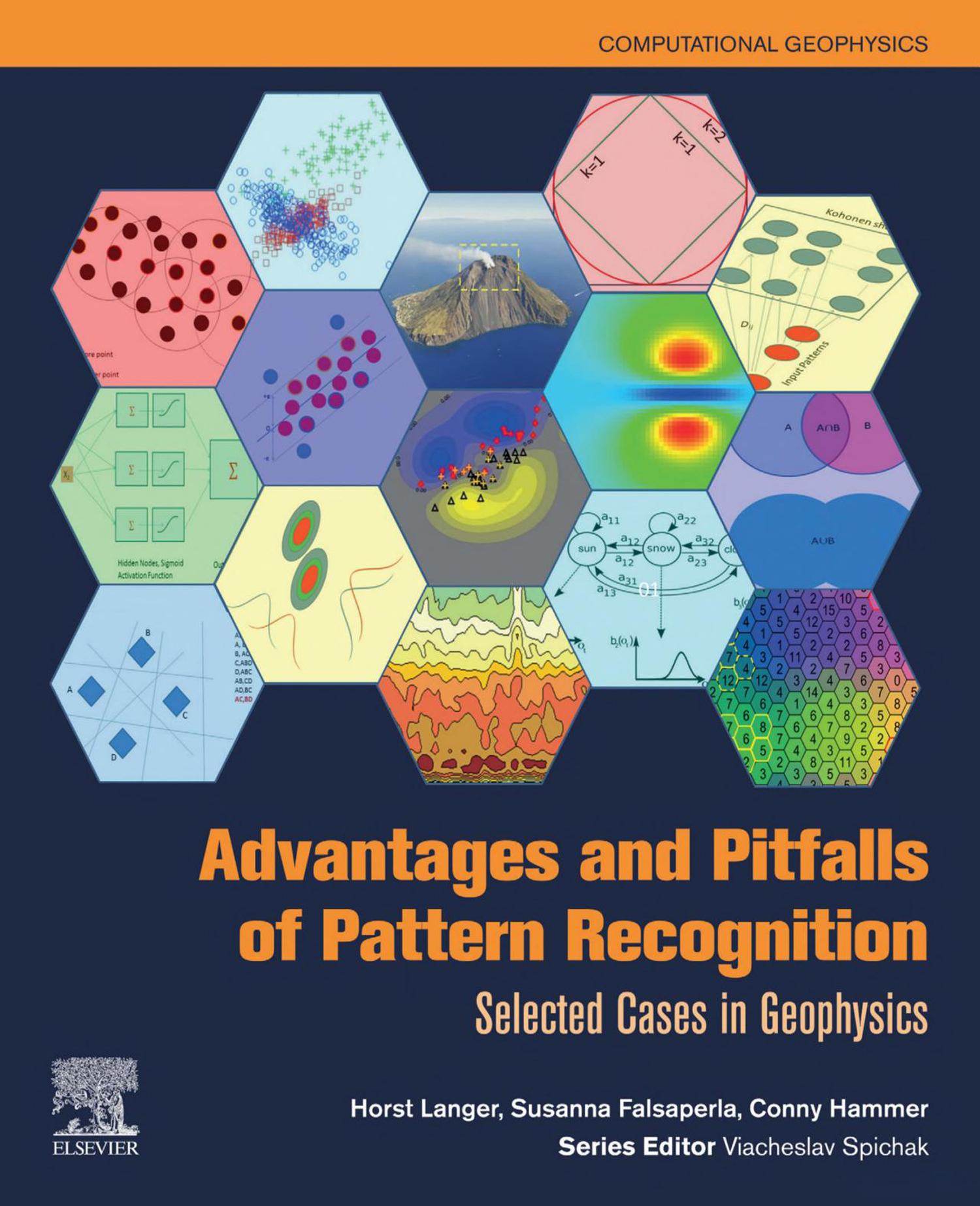
SelectedCasesinGeophysics
SeriesEditor
Elsevier
Radarweg29,POBox211,1000AEAmsterdam,Netherlands
TheBoulevard,LangfordLane,Kidlington,OxfordOX51GB,UnitedKingdom 50HampshireStreet,5thFloor,Cambridge,MA02139,UnitedStates
Copyright © 2020ElsevierInc.Allrightsreserved.
Nopartofthispublicationmaybereproducedortransmittedinanyformorbyanymeans,electronicor mechanical,includingphotocopying,recording,oranyinformationstorageandretrievalsystem,without permissioninwritingfromthepublisher.Detailsonhowtoseekpermission,furtherinformationaboutthe Publisher’spermissionspoliciesandourarrangementswithorganizationssuchastheCopyrightClearance CenterandtheCopyrightLicensingAgency,canbefoundatourwebsite: www.elsevier.com/permissions
ThisbookandtheindividualcontributionscontainedinitareprotectedundercopyrightbythePublisher (otherthanasmaybenotedherein).
Notices
Knowledgeandbestpracticeinthis fieldareconstantlychanging.Asnewresearchandexperiencebroaden ourunderstanding,changesinresearchmethods,professionalpractices,ormedicaltreatmentmaybecome necessary.
Practitionersandresearchersmustalwaysrelyontheirownexperienceandknowledgeinevaluatingand usinganyinformation,methods,compounds,orexperimentsdescribedherein.Inusingsuchinformationor methodstheyshouldbemindfuloftheirownsafetyandthesafetyofothers,includingpartiesforwhomthey haveaprofessionalresponsibility.
Tothefullestextentofthelaw,neitherthePublishernortheauthors,contributors,oreditors,assumeany liabilityforanyinjuryand/ordamagetopersonsorpropertyasamatterofproductsliability,negligenceor otherwise,orfromanyuseoroperationofanymethods,products,instructions,orideascontainedinthe materialherein.
LibraryofCongressCataloging-in-PublicationData
AcatalogrecordforthisbookisavailablefromtheLibraryofCongress
BritishLibraryCataloguing-in-PublicationData
AcataloguerecordforthisbookisavailablefromtheBritishLibrary
ISBN:978-0-12-811842-9
ForinformationonallElsevierpublicationsvisitourwebsiteat https://www.elsevier.com/books-and-journals
Publisher: CandiceJanco
AcquisitionEditor: AmyShapiro
EditorialProjectManager: SamanthaAllard
ProductionProjectManager: PremKumarKaliamoorthi
CoverDesigner: MarkRogers
TypesetbyTNQTechnologies
Preface
Thedigitalerahascausedanoutstandingchangeintheacquisitionofinformation concerningourplanet.Weareaccustomedtoanuninterruptedmonitoringbymeansof satelliteimagery,measurementsofgrounddeformationinthecontextofgeodynamical studies,seismicandgeochemicaldataacquisition,etc.ContinuousdataacquisitioninEarth sciences,ingeneral,andgeophysics,inparticular,leadstotheaccumulationofahuge amountofinformation.TerabytesandTerabytesofdatapileupindigitalarchivesovershort times.Often,weareleftwithoutakeytothesearchives,whichturntheminto“data graves,”containingpreciousinformationdifficulttounearth.Inaddition,manygeological processesareslowphenomena,thestudyofwhichcomesalongwiththeneedtocovertime spansaslongaspossible.Therefore,thenecessityto“unearth”oldarchivesbecomesof paramountimportance.
Datacollectionusuallybringsalongconsiderabletechnologicaleffortandcost,whichmust bebalancedbytheprofitgainedfromtheinformationacquired.Insomeway,dataarethe backgroundofactionsanddecisions,oncewehaveunderstoodtherelationsbetweenour observationsandtheprocessesweareinterestedin.However,howcanweestablishthese relations?Lookingatalongsequenceofnumbersisuselessunlessweextractparameters usefulforourtaskofdrawingconclusionsandtakeaction,ifnecessary.Sometimes decisionshavetobefast,asinthecaseofanimpendingnaturalthreat,suchasavolcanic eruptionorthedevelopmentofathunderstorm,forwhichefficientdatahandlingand interpretationaremandatory.Nearreal-timeprocessingandtheapplicationofautomatic procedurestosupportdecision-makingarestronglydesired.Apartfromthat,animportant aspect,especiallyinEarthsciences,isthereanalysisofarchives.Olddatabroadenour knowledgeconcerningthecharacteristicsofnaturalphenomenaandtheirdevelopmentwith time.Theuseoflongtimespanshelpsusimprovethesignificanceofourconclusionsand decisions.Noneedtomentionthatpostprocessingofhugedatamassesaccumulatedover longtimespansrequirespatienceand/orhighlyautomatizedprocessingschemesforthe extractionofessentialinformation,avoidingthatauserfeelsoverwhelmedandgivesupthe task.
Apropaedeuticstepinpatternrecognitionisthedefinitionof“objects”relatedtothe phenomenawedealwith.Asinglevalueinatimeseriesdoesnotconstituteanobjector pattern;aseismicphaseisindeedapattern.Weatherisanotherexampleforanobject. Observedinagiventimespan,itcanbeunderstoodasapatterndescribedbyvarious
values,whichrefertotemperature,humidity,cloudcoverage,etc.Inmeteorology,wemay distinguishpatternscharacterizedbystrongcloudcoverage,hightemperature,andhumidity, beingpossibleprecursorsofathunderstorm.Similarly,thesusceptibilityofanareaproneto slopefailurecanbecharacterizedbydifferentparameters,suchasprecipitation,geographic relief,andsubsurfacestructure.Ingeology,wecanstudytheobject“rock”anddescribeit byanumberofcomponents,forinstance,keyminerals.Inthefamous“Streckeisen” diagram,weusethemineralsquartz,feldspar(Orthoclase,Plagioclase),andfeldspathoids. The“TAS”schemeisanotherexampleforthedescriptionoftheobject“rock.”Wethenaim attheidentificationofstructureswithinourpopulationofpatternsandrefertothese structuresasclasses.Forexample,therock“granite”isidentifiedonthebaseofitsposition inthe“Streckeisen”diagram;itformsduringcollisionandsubductionoftectonicplates. Whenhandlingamultivariatedataset,wefacespecificproblemsinstatisticaltreatmentand graphicalrepresentationofresults.Conventional2Dgraphs,whereonecomponentis plottedversusanother,canbenicelydisplayedonasheetofpaper,butwehavetochoose amongalargenumberofpossiblecombinations.Intheory,havingncomponents,weshould designn*(n 1)/2bidimensionalgraphs.Evenplottingallpossiblegraphsmaybe insufficient,asthecomponentscannotbesupposedtobeindependentfromeachother. Thus,theidentificationofhomogeneousdatagroupsandheterogeneitiesbetweenthemmay notbepossibleinanyoftheplots.Wemustalsobeawareofthepossibilitythata componentmayprovidekeyinformationonlyforalimitednumberofpatternsratherthan forthewholeensemble.Theconventional2Dgraphsrepresentso-called“marginaldistributions,”andtheproblemsaforementionedwiththiskindofrepresentationarewellknownin multivariateanalysis.Asolutioncanbefoundintechniquesofpatternclassification.
Patternrecognitioncanbeunderstoodasanelementofclassification,thatis,theprocessof assigningobjectstoacategoryorclass.Objectsarecharacterizedbyanumberoffeatures, whichcanbemetrical,ordinal,ornominaldata.Thesetof inourcase numerical featuresformsafeaturevector,theso-calledpattern.Thechoiceofthefeatures essentiallydependsonpracticalconsiderationsandisgovernedbytworules:(i)thefeatures shouldallowustoidentifyobjectsuniquely,and(ii)thesmallerthefeaturevector,the better.Sometimesfeaturescanbegaineddirectlyfromthedescriptionoftheobject,but frequentlythepreprocessingofdata,suchasthenormalizationofnumericalvalues,is necessarytomeetthesegoalsproperly.
Thetaskofclassificationistackledfollowingvariousstrategies.Perhaps,theoldestoneis theso-calledgeneticclassification,inwhichtheorigin(orthecause)ofanobjectis considered.Inclimatology,threetypesofgeneticclassificationmaybedistinguishedbased on(1)geographicdeterminantsofclimate,(2)surfaceenergybudget,and(3)airmass analysis.Ingeology,wedistinguishbetweensedimentaryandigneousrocksbasedontheir genesis.Igneousrockscanbefurtherdividedintovolcanicandplutonicrocks,againconsideringtheprocessatthebaseoftheirformation;meanwhile,themineralogicalcomposition isirrelevantinthisdistinction.Inseismology,weoftenusethesourceofaseismicsignalas acriterionofclassification,forexampledistinguishingseismicnoisefromtheseismic
radiationgeneratedbymagmadynamicsinsideavolcano(so-calledvolcanictremor)orthe recordofanuclearexplosionfromatracerecordedincaseofanearthquake.
Supervisedclassificationcanbeunderstoodastheinverseprocessofgeneticclassification. First,weseeanobjectandwonderwhereitcomesfrom.Fromthe1960son,intense researchhasbeencarriedoutonthedistinctionbetweennuclearexplosionsandother events,suchasearthquakes,chemicalexplosions,andquarryblasts.Theobjectwehavein handmaybeaseismicrecord(oranumberofseismicrecords)andweasktoinferthe originfromitscharacteristics.Ingeology,wemayaskwhetherwecantracebackrock characteristicstoanorigin forinstance,theprovenienceofavolcanicproductfroman eruptivecenter.Supervisedclassificationusesaprioriinformationinferredfromexample objects,supposingtoknowwhichclasstheybelongto.Inmoderntechniquesofsupervised classification,thiscanbeachievedwithout(orwithverylimited)aprioridefinitionof similarity.
Supervisedclassifierstypicallyuseaniterativeprocedure,whichtriestofindamathematical formalismtoreproducetheexpert’swayofassigningaclassmembershiptoapattern.The iterativeprocessisoftencalledastrainingorlearningphaseoftheclassifier.Besides, parametersgoverningoperationalcharacteristicsoftheclassifiershavetobeidentifiedeither bytrialanderrororbyoptimizationprocedures,suchasgeneticalgorithms.Withadvanced supervisedpatternclassificationmethods,forinstancesupportvectormachines(SVM)or themultilayerperceptron(MLP),themathematicalstructureoftheclassifiercanbe,in principle,arbitrarilycomplex.Thisbringsthehugeadvantageofgenerality,inthesensethat thereisnolimitationinthetypologyofthediscriminationfunctiondelimitingtheclasses fromeachother.Importantinthiscontextisthatthereareenoughexamplestolearnfrom.
Onthecontrary,unsupervisedclassificationisbasedonasuitabledefinitionofsimilarity betweenpatternsratherthanonaprioriknowledgeoftheirclassmembership.Thetaskof unsupervisedclassificationcanbeformulatedasfindinggroupswithaminimumdegreeof heterogeneity,beingmostdistantfromeachother.Thedegreeofheterogeneityisdefinedas adistancemeasure,ormetric,forexample,theEuclideandistance,theMahalanobis distance,Manhattan(orcityblockdistance),etc.Unsupervisedclassificationispreferred whenthedefinitionoftargetsisdifficult.Ofcourse,thetargetsmaynotbeknown,and perhapsareonlyidentifiableafterathoroughstudyofstructureswithinthedataset.Inother cases,therelationbetweenpatterncharacteristicsandtargetundergoeschangesthroughout thedataset.Unsupervisedclassificationisoftenaddressedtoas“clustering,”thatis,the identificationofdatagroupswithsimilarcharacteristics wheresimilarityisdefinedonthe baseofanaprioridefinedmetrics.Theshapeofclusterscanbespherical,elliptical,or hyperbolic,butalsoclusterswithveryirregularshapescanbefound.Unsupervised techniquesareableto“detect”structuresindata,eventhoughtheirdescriptionisnot straightforwardatfirstglance.Allthesecharacteristicsresembletoprinciplesofhuman cognition,suchaslearningalanguage,identifyingacharacterevenbeinghand-written, recognizingsimilaritiesamongobjects,andanalyzinginterrelationsbetweenpatterns.
Therefore,thereisastronglinkwithartificialintelligence thesciencewherewemake automatesdosimilarthingsashumanbrainsdo.
Besidegroupingsingleobjects,wemayalsobeinterestedintheirinterrelation.Thisaspect isimportantnotonlyinpatternrecognition,butalsoinforecast.Ingeophysics,asequence ofobjectsmayberelatedtothedevelopmentofsomephenomenon,beingitatyphoon,a flood,oravolcanicunrest.Thisimpliesthataspecificpatternismeaningfulnotonlyforthe componentsmakingupitsfeaturevectors,butalsoforthecontextdefinedbyotherpatterns. Thisisalsoatypicalprobleminspeechandtextanalysis,wherethemeaningofawordora numbernotonlydependsonsinglecharactersordigits,butalsoontheirorder.Techniques regardingthisaspectofrelatedobjectscanbeaddressedtoascontext-dependentmethods. Amongthem,weshalldiscusshiddenMarkovmodelsand(dynamic)BayesianNetworksin moredetail.
Patternrecognitionisstronglyrelatedtodatamining,revealingstructureswithindatasets andfacilitatingtheset-upofrulesfordecisionsandactions.Thetechniquesdescribedin thisbookarebasedonmathematicallyformulatedprocedures;theirresultsaretherefore reproducible.Theirimplementationonmoderncomputersallowsustheautomaticprocessingoflargeamountsofinformation,whichimpliesastrongrelationwiththefieldof machinelearning.
Thebookpresentedherecomprisesboththetheoreticalbackgroundofpatternrecognition methodsaswellaspracticalsuggestionsfortheirapplication.Animportantaspectisthe properformulationoftheclassificationproblem,whichimpliesanappropriatedefinitionof theobjectsandtheirdescriptionbyfeatures.Chapter1dealswithobjects,features,and metrics.Chapter2presentsthetheoreticalbackgroundofsupervisedlearning.Itbeginswith asimplediscriminationproblem thedistinctionofearthquakesandnuclearexplosionson thebaseofsurfaceandbodywavemagnitudes.Principlesofmoreadvancedtechniques, suchastheMLPandSVMaredemonstratedforthatsimplecase.HiddenMarkovmodels and(dynamic)Bayesiannetworksarecontext-basedmethods,wherebothfeaturesofsingle objectsaswellastheirinterrelationareofinterest.Chapter3outlinestheconceptsofunsupervisedlearning,amongthesevariousapproachesofclusteringaswellasSelf-Organizing Maps,whichareapopulartechniqueofvectorquantization.Chapter4and5presentapplicationsofsupervisedandunsupervisedlearningpartlytakenfromtheliterature,partly collectedduringresearchprojectsoftheauthorsthemselves.Anumberofexamplesregards MtEtnavolcano(Italy),whichisoftenaddressedtoasa“volcanolaboratory”foritspersistentactivity,favorablelogisticconditionsthatallowthedeploymentofcutting-edgeequipmentformultidisciplinarymeasurements,andlongtraditionofmonitoringalsofor surveillancepurposes.Besidealreadyexistingandpublishedmaterial,theauthorsalsopresentnewapplicationstounderscorethepotentialuseofpatternclassificationtechniquesin geophysicsaswellasinawidefieldofdisciplines.Chapter6dealswithacriticalaposteriorianalysisofpatternrecognitionresults,whichgoesbeyondthesimpleenumerationof someerror.Thischapterofferskeystoanswerquestionssuchas“whatcanbeexpected fromthepatternrecognitiontechniques?Isasomewhatunsatisfyingresultafailureofthe
methodortherearelessonstolearnregardingtheproblem?.”Afurther,crucialpoint addressedtoishowclusteringqualitycanbemeasured.
Finally,thebookcomesalongwithexampleprogramsanddatasets.Mostofprogramsare MATLAB scripts,whichallowtheuserthereproductionofsomeofthefiguresinthe book.Besides,thereareready-to-usepackagesregardingMLP,SVM,andunsupervised learning,inparticularclusteringandSelf-OrganizingMaps.Thecomputercodesshould allowthereadertoperformexperimentsbothusingthedelivereddatasetsaswellastheir owndata.
Acknowledgments
Thisbookwouldnothavebeenwrittenwithouttheadviceandhelpofmanycolleagues. TheauthorswishtothankProf.GiuseppeNunnari(UniversityofCatania),Prof.Luigi Occhipinti(nowUniversityofCambridge),andProf.GiovanniMuscato(Universityof Catania).TheyguidedthefirststepsofSusannaFalsaperlaandHorstLangerintherealmof artificialneuralnetworks,appliedtosupervisedlearning.ConnyHammerprofitedfromthe adviceofsupervisorsandcolleagues,inparticularDr.MatthiasOhrnberger,Dr.Kristin Vogel(UniversityofPotsdam),Dr.MoritzBeyreuther(UniversityofMunich),andProf. DonatFaeh(SwissSeismologicalService,SED,Zurich).AlfioMessina(INGV Sezione Roma2)didmuchofthe“dirtywork”preparingthecomputercodes.Inparticular,hedid mostofthecodingoftheKKAnalysispackageforunsupervisedlearningthatcomesalong withthisbook.WearegratefultoProf.Chih-Jen(NationalTaiwanUniversity)forthe permissiontoexploittheLIBSVMlibraryregardingtheSupportVectorMachines.Authors wishtothankMarcelloD’AgostinoandDr.DaniloReitano(INGV-OsservatorioEtneo, SezionediCatania)forthetechnicalassistanceduringtheimplementationoftheonline processingofvolcanictremorrecordedatMt.Etna,andAlfioAmantia(INGV Osservatorio Etneo,SezionediCatania)forthebeautifulphotographsofStrombolivolcano.Dr.Rosa AnnaCorsaro(INGV OsservatorioEtneo,SezionediCatania)providedusthedata regardingthegeochemicalcompositionofrocksamplescollectedonMt.Etna.Hypocenter locationsofearthquakesonMt.EtnawerepassedtousbyDr.TizianaTuve ` (INGV OsservatorioEtneo,SezionediCatania).Besides,wewishtothankGilianFoulger (DurhamUniversity),JakobZscheischler(UniversityofBern),andHansChen(Lund University)fortheirpermissionofusingfiguresoftheirwork,whichwereveryhelpfulfor thepresentationoftheconceptsdiscussedinthisbook.
WesincerelywishtothanktheElsevierstaff,inparticularMrs.MarisaLaFleur,Katerina Zaliva,andSamanthaAllardwhoassistedusinalltechnicalaspectsduringthepreparation ofthebook.Lastbutnotleast,wethanktheEditoroftheElsevierbookserieson "ComputationalGeophysics,”Prof.ViacheslavSpichak(RussianAcademyofScience)who carefullywentthroughthemanuscript.Hissuggestionsandcommentswereofprimary importanceregardingthequalityofourwork.
